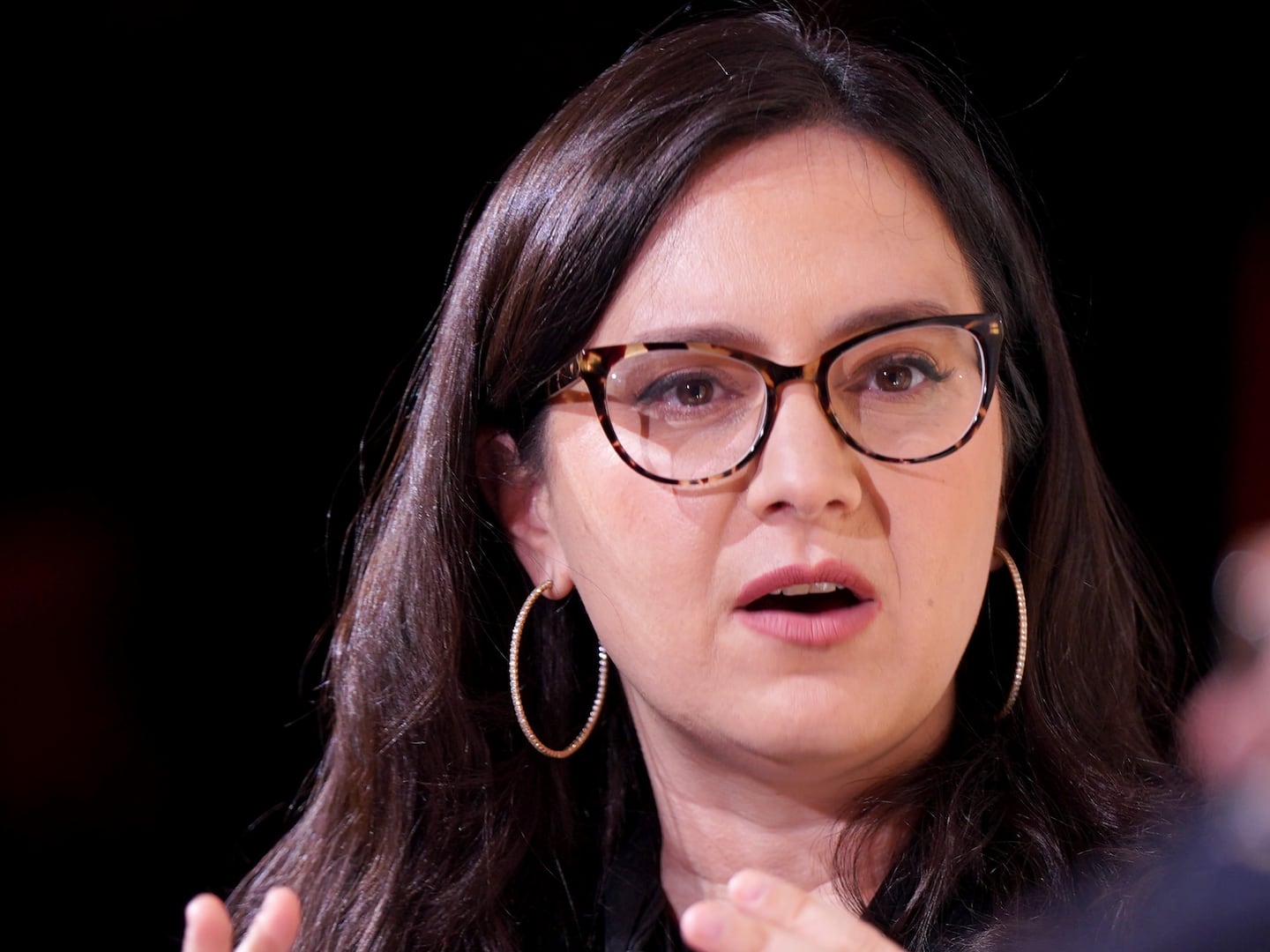Last week, two developments in gene editing shifted this potent new technology from a possibility to more of a probability. Yet it’s likely that the news didn’t register with most people. Despite the revolutionary potential of a tool that may soon make it possible for Homo sapiens to manipulate DNA and to self-evolve - for better or for worse.
The new technology goes by the funny-sounding name “Crispr-Cas9” – a method that has the power to cut and paste DNA, the basic code of life in humans and all other organisms, almost as simply as moving letters around on a word processor. Researchers expect to use Crispr-Cas9 to fix or improve DNA sequences linked to diseases like Huntington’s and some cancers. The method could also be used to bump up a person’s smarts, height, or stamina, although not yet.
“We have within our grasp the technology to change evolution,” said Paul Berg, a genetics pioneer from Stanford, about Crispr-tech. “This could change the course of biological life.”
Discovered in 2012 by scientists in California and Sweden, Crispr-Cas9 moved closer to reality last Tuesday when the National Academies of Sciences (NAS) released a report about the ethics and the proper uses of Crispr-tech. The next day came a patent court ruling that decided who has the rights to commercially exploit some basic components of Crispr-Cas9.
The media dutifully carried the news in the usual “this is an important science story” manner, while experts weighed in on science blogs and websites. Crispr-Cas9, however, is so far not following the usual pattern of scientific and technological breakthroughs, which typically take decades or even centuries to perfect, and for society to absorb them.
For instance, it took us thirty or forty years to properly build and learn to use the Internet. Even with genetics, the pace has been one of mostly incremental discoveries over decades, with society very slowly absorbing the basics of the science, and what it means for real people beyond what they saw in Jurassic Park and Gattaca.
Gene editing, however, is not following the usual, slow-roll-out pattern of most new discoveries. Crispr-Cas9 is still in its early days, but scientifically is moving at warp speed, playing out in years rather than decades.
Invented just five years ago, the technology allows DNA to be edited with an ease and at a lower cost than previous versions of the technology. Last year, a Pennsylvania high school senior named Michael Zhang even won a prestigious Intel Science Talent Search award for a project using Crispr.
Crispr stands for Clustered Regularly Interspaced Short Palindromic Repeats, a natural process used by bacteria to remember the DNA of invading viruses so that that they can identify and destroy similar intruders, aided by DNA-slicing enzymes. In 2012 Jennifer Doudna of the University of California at Berkeley and Emmanuelle Charpentier of Sweden’s Umea University demonstrated in Science how to co-opt this process and intentionally edit DNA in any organism by using a slicer enzyme called Cas9.
Since Doudna’s and Charpentier’s breakthrough, a Crispr frenzy has generated thousands of scientific papers in hundreds of labs around the world. It has inspired the formation of companies like Editas, Intellia, and CRISPR Therapeutics that expect the gene editing market to one day generate billions of dollars. (All three companies have issued IPOs in record time). Last November, doctors began the first human trials in China using Crispr for patients with aggressive lung cancer.
Crispr-tech’s rapid deployment has also launched a brisk debate among scientists and bioethicists. In 2015, 18 prominent scientists and experts in law and ethics—led by Nobel Laureate David Baltimore and Jennifer Doudna —published a call in Science magazine for a moratorium on some uses of this technology. As I reported at the time:
The group, which met in Napa, California, last January [2015] for a one-day summit, fretted about a possible “slippery slope” that might occur from using disease-curing applications that everyone wants, “toward uses with less compelling or even troubling implications.” They call on scientists to impose a voluntary stoppage “while societal, environmental, and ethical implications of such activity are discussed among scientific and governmental organizations.”
The group was particularly concerned about editing the germline cells—the sperm and egg—that could pass alterations down to offspring. These are different than the “somatic” cells that make-up you and me and our organs and other body parts. They are not involved in reproduction, and won’t impact progeny if edited.
Not surprisingly, the Crispr-rush has led to a battle over rival patents. Last week, the Patent Trial and Appeal Board issued a 51-page ruling that sided with one of the first parties to file early patents, the Broad Institute in Boston. They won against an even early filer, the University of California at Berkeley. At issue was Berkeley’s claim to patent uses of Crispr-Cas9 in all cells, versus the Broad claiming a patent for use in certain cells, including human cells. If this sounds confusing, it is, indicating that the legal wrangling over Crispr is just beginning.
The National Academies of Sciences (NAS) issued a 243-page report prepared after the call for the moratorium in 2015, and a subsequent international summit on gene editing held in December, 2015, in Washington, DC, sponsored by the NAS.
The report provides a detailed assessment of where the science is, and the ethical and societal issues. It lists a number of recommendations, most notably that in rare and limited cases, germline editing might be allowable to save lives, “but only following much more research,” according to the report, and “only for compelling reasons and under strict oversight.” One magazine called this a “yellow light”, although it does represent a big shift from traditional bioethics, which strictly forbade any modifications to the human germline.
The report is dense and written in academic-speak, but it does a good job of elucidating the science and the conundrums. It also cites polls suggesting that the public seems to be in favor of gene editing to treat grave illnesses and to save lives, but is very wary of using this technology for so-called "enhancement."
Last week’s pronouncements are important in beginning to create a scientific and societal undergirding for Crispr-tech. Yet we still seem a long way off from a societal zeitgeist. Even Hollywood has yet to start spinning Crispr-inspired plotlines, at least that I’m aware of.
Nor does the politics of the moment bode well for a proper public conversation about Crispr-tech—or really about any new and fast-moving scientific enterprise that confronts us with a species-level set of risks and benefits. A failure to elevate this discussion, however, could cause this inevitable and rapidly moving technology to overrun our ability to absorb the implications, and our ability to make intelligent decisions about the future of us, our children, and humanity.






